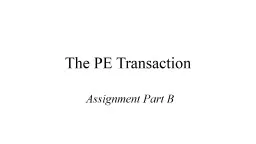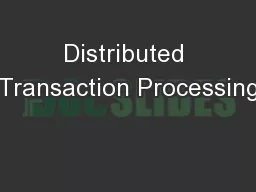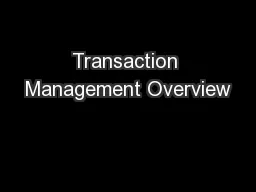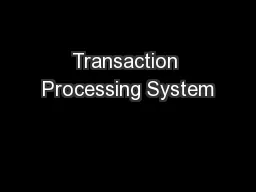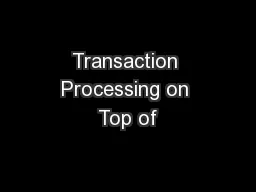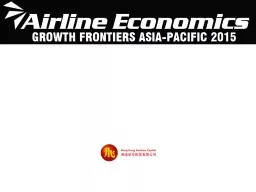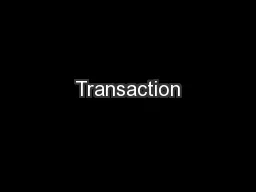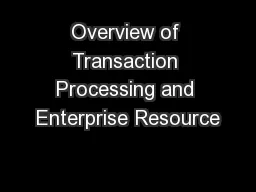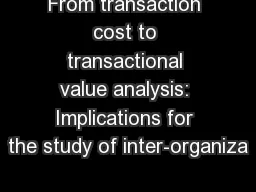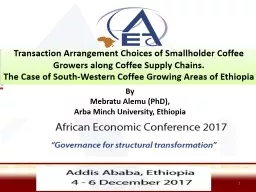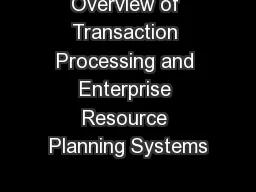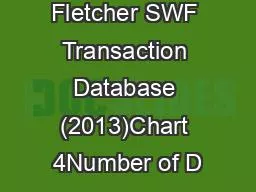PPT-The PE Transaction Assignment Part B
Author : natalia-silvester | Published Date : 2019-06-29
Plan for Today Setting the stage Leverage IRR MOIC and Valuation The PE Transaction Introduce Part B Target firm analysis The premium Assumptions Example in Excel
Presentation Embed Code
Download Presentation
Download Presentation The PPT/PDF document "The PE Transaction Assignment Part B" is the property of its rightful owner. Permission is granted to download and print the materials on this website for personal, non-commercial use only, and to display it on your personal computer provided you do not modify the materials and that you retain all copyright notices contained in the materials. By downloading content from our website, you accept the terms of this agreement.
The PE Transaction Assignment Part B: Transcript
Download Rules Of Document
"The PE Transaction Assignment Part B"The content belongs to its owner. You may download and print it for personal use, without modification, and keep all copyright notices. By downloading, you agree to these terms.
Related Documents

